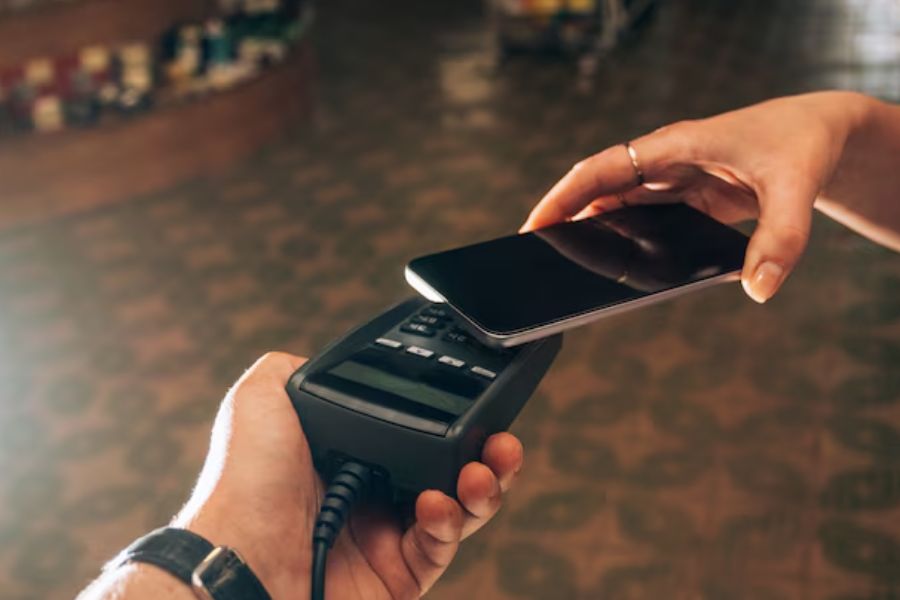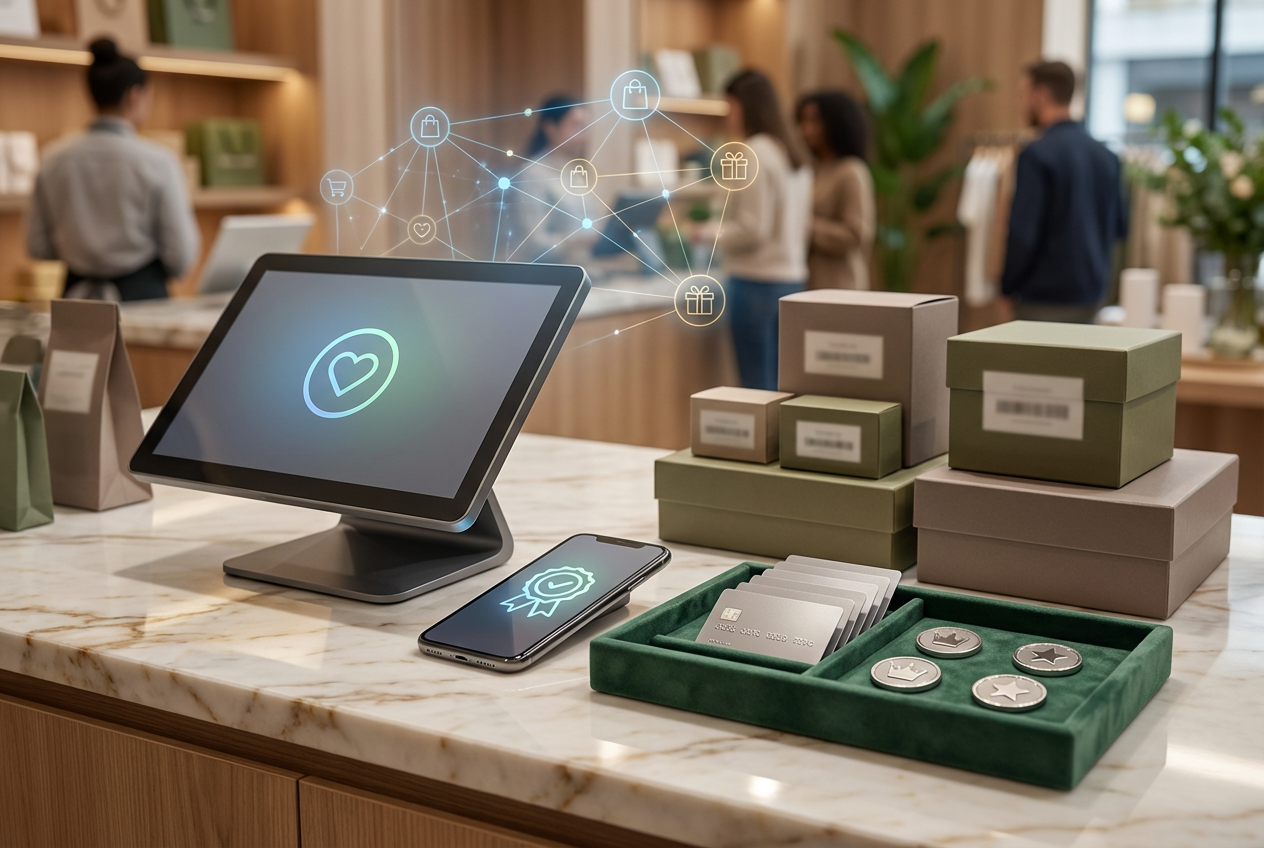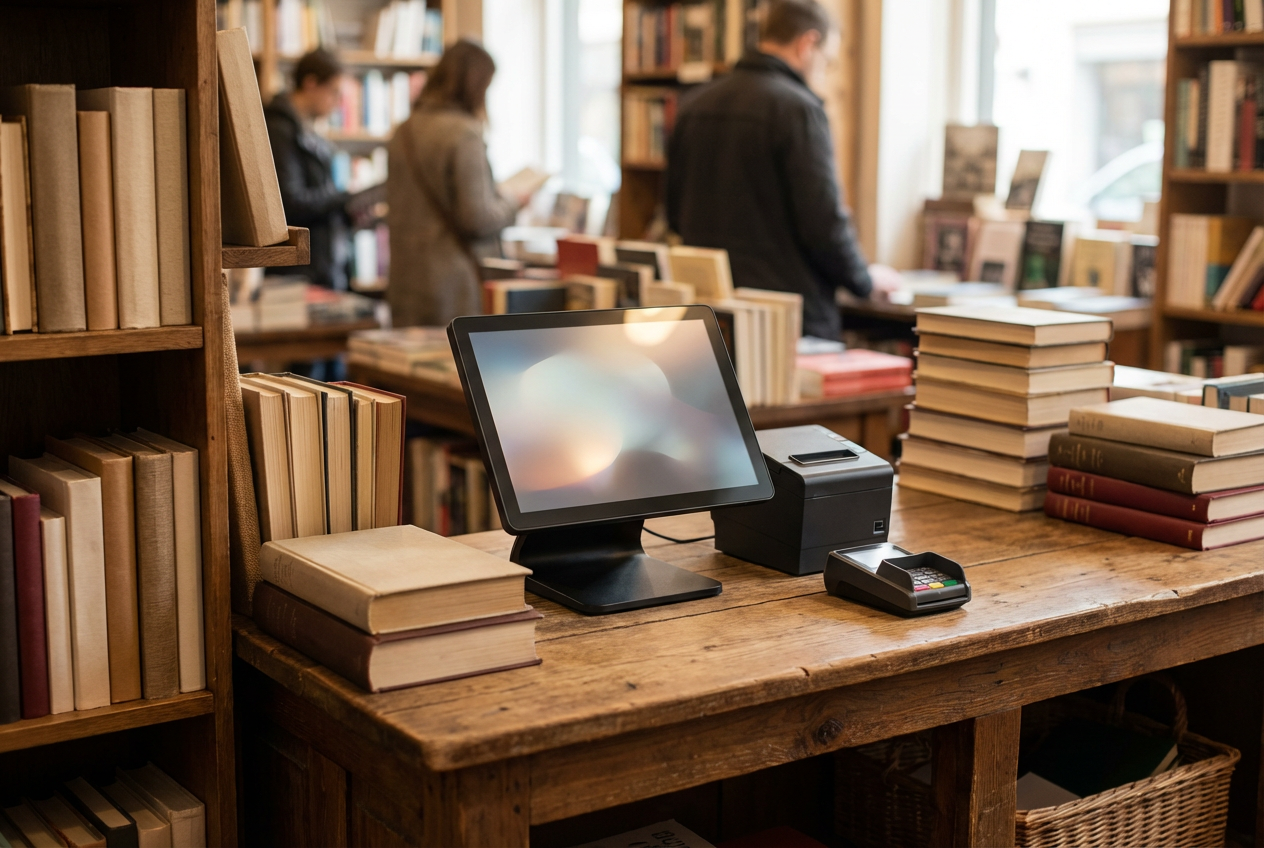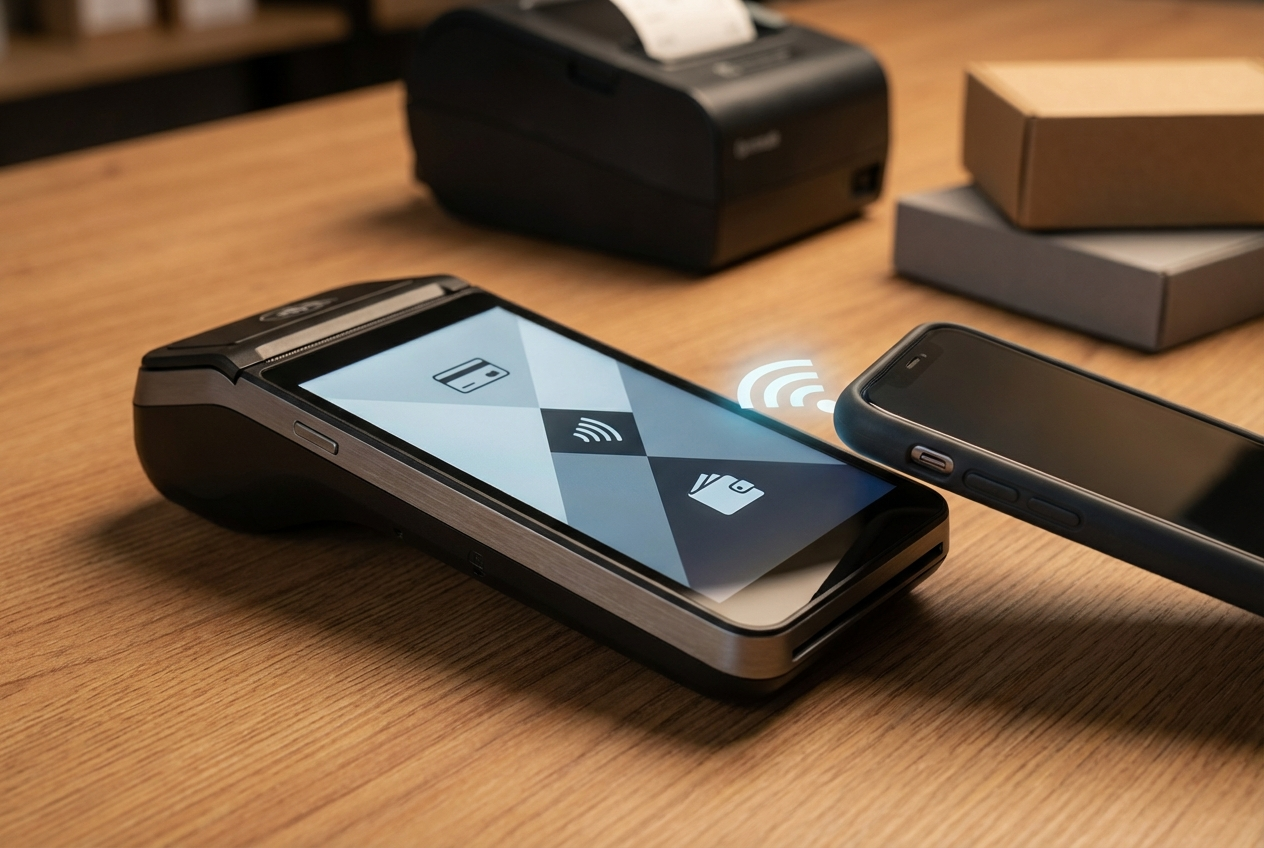Retail tech never slows down, and mobile POS (mPOS) is no exception. While personalization, AI agents, and omnichannel features have already become standard in most modern retail setups, there’s a new wave of innovation changing how retailers engage, sell, and serve in 2025 and beyond. This blog will look into the key developments in retail mobile POS, highlighting the innovations that will shape the future of retail technology.
Overview of Retail Mobile POS
Retail mobile POS systems are reshaping how stores operate by bringing flexibility and speed to the sales floor. By using smartphones, tablets, or other handheld devices, retailers can process transactions, check inventory, and access customer profiles from anywhere in the store without being tied to a fixed register.
This mobility improves service in real time. Staff can assist customers, answer product questions, and complete checkouts on the spot, which cuts wait times and keeps the shopping experience smooth.
Mobile POS systems also connect easily with other retail platforms, like eCommerce, inventory management, and CRM tools, making it easier to manage operations across channels.
For many retailers, adopting mobile POS is part of adapting to new shopper expectations. It’s a practical way to streamline workflows, stay responsive, and support more personalized service in any retail setting.
7 Retail Mobile POS Trends to Look Out For in 2025
In the run-up to 2025, many significant developments are set to revolutionize the landscape of POS systems. Let’s delve into 7 trends that are expected to dominate headlines this year.
Generative AI for Product & Content Creation
Retailers are starting to use generative AI where it counts: product discovery, content creation, and marketing design. This goes far beyond chatbots. With integrated GenAI tools, a customer can walk into a store, describe their ideal product, and instantly see a 3D-rendered version on an mPOS screen, complete with promotional copy, pricing, and variations.
For mobile POS systems, this unlocks new use cases. Associates can co-create with the customer on the spot, generate personalized bundles, or even launch hyper-targeted campaigns, all from the same device. It brings real-time creativity into the sales floor.
Decentralized Identity & Zero-Party Data
Consumer data strategies are shifting. Instead of relying on third-party tracking, brands are pivoting toward zero-party data—information that customers willingly share in exchange for value. This is often stored in decentralized identity wallets controlled directly by the user.
Retail mobile POS systems play a key role here. They become the interface where customers scan their wallet, opt into experiences, and share preferences with full transparency. This builds trust while still enabling deep personalization. No guesswork, no data scraping, just a clear value exchange.
►►► Optimal solution set for businesses: Multi store POS, Next-gen POS, Inventory Management Software (MSI), Self Service, Automation, Backorders
Spatial and Immersive Commerce
With the arrival of spatial computing devices like Apple Vision Pro, the retail experience is starting to extend into the 3D world. Immersive commerce isn’t limited to AR filters anymore, it’s becoming a persistent visual layer that complements physical retail.
mPOS devices are adapting, too. They’re turning into mixed-reality controllers, giving store associates tools to project product demos, guide customers through virtual inventories, or assist with immersive try-on experiences. This adds a new layer of engagement directly on the sales floor.
Edge AI for In-Store Intelligence
Edge AI brings real-time responsiveness to mobile POS setups by processing data directly on the device or nearby hardware without waiting for cloud servers.
This opens the door to faster decisions and smarter interactions. A mobile POS terminal can instantly recognize a loyalty member, recommend a discount, or detect anomalies in purchasing behavior without lag. More than speed, it’s about context-aware service that adapts in the moment.
Autonomous Retail & Service Robotics
Retail automation is moving past kiosks and self-checkouts. We’re seeing the rise of autonomous systems that handle restocking, in-store navigation, and customer queries—often working alongside mobile POS devices.
Sales associates equipped with mPOS can now coordinate directly with these robotic systems. For example, a staff member can check inventory, dispatch a robot to retrieve stock, and complete the transaction in one flow. It’s a shift toward more efficient, high-touch service that’s powered by automation, not replaced by it.
Empathic AI & Real-Time Emotion Analysis
Customer interactions are becoming more emotionally aware. With voice, facial, and behavioral cues, AI can now detect frustration, confusion, or excitement—and adapt accordingly.
In mobile POS environments, this means smarter escalation paths. If a customer seems upset during checkout, the system can escalate to a senior associate or apply a recovery offer. If they’re highly engaged, it might suggest an upsell with a more empathetic tone. It’s about reading the room and acting on it instantly.
Modern POS systems support everything from traditional cards to mobile payments and digital wallets. Offering these options helps attract a wider customer base and reduces friction at the checkout, improving the overall shopping experience.
Sustainable & Transparent CX at Checkout
More shoppers want to know where their products come from—and where they’re going next. Technologies like blockchain and IoT are giving them answers, right at the point of sale.
Mobile POS systems can now present traceable product histories, including sourcing, production, and recycling paths. With a quick QR scan or NFC tap, customers can explore the full lifecycle of an item, making purchasing decisions that align with their values. This adds transparency and accountability into the last step of the shopping journey.
They provide retailers with deep insights into various aspects of their business. These insights can influence promotional strategies, inventory management, and overall business decisions. By optimizing operations and tailoring offerings, retailers can better meet customer demands and improve profitability.
As retailers adapt to the changing landscape of the industry in 2025, it will be crucial to embrace innovative POS solutions such as ConnectPOS in order to stay competitive and meet the demands of modern consumers. With its mobile-centric approach, cloud-native architecture, and advanced features, ConnectPOS is set to transform the retail experience and enable businesses to thrive in the digital age.
With ConnectPOS, retailers can:
- Run mobile POS on tablets or smartphones with full access to inventory, customer profiles, and synced orders
- Manage multiple sales channels (online and offline) with unified data
- Enable real-time stock updates and fulfillment status at checkout
- Handle promotions, loyalty, and personalized offers directly from the POS
- Integrate with leading eCommerce platforms like Shopify, Magento, and BigCommerce
FAQs: Retail Mobile POS
- What are the main benefits of switching to a cloud-based POS system?
Cloud-based POS systems offer several key advantages, including scalability, flexibility, and accessibility. They allow businesses to manage data across multiple locations in real-time easily, integrate seamlessly with other digital tools, and update features without significant downtime or disruption. This can lead to more streamlined operations, reduced costs, and an enhanced ability to adapt to changing business needs.
- How can retail mobile POS systems enhance customer service?
Mobile POS systems directly improve customer service by enabling sales associates to complete transactions anywhere in the store or at off-site locations, such as outdoor events or pop-up shops. This reduces wait times and allows for more personalized interaction, as associates can provide immediate assistance and check out customers without them having to stand in traditional checkout lines. Additionally, mobile POS systems can access customer profiles and inventory information on the spot, allowing for more informed recommendations and better service.
- What role does AI play in modern POS systems?
AI transforms POS systems by personalizing the customer experience, optimizing inventory management, and automating routine tasks. It can predict purchasing trends, suggest optimal staffing levels, and tailor marketing efforts to individual customer preferences. AI also helps reduce errors in order processing and enhances decision-making with predictive analytics, ensuring businesses are more efficient and proactive in addressing customer needs.
Conclusion
In sum, the future of retail mobile POS systems is filled with promise and innovation, offering exciting opportunities for businesses to enhance customer experiences and streamline operations. You can consider these trends above and apply them to your business.
If you’re looking to stay ahead of the curve and revolutionize your retail operations, ConnectPOS can transform your retail experience and propel your business toward a brighter future. Contact us today!
►►► Optimal solution set for businesses: Shopify POS, Magento POS, BigCommerce POS, WooCommerce POS, NetSuite POS, E-Commerce POS



